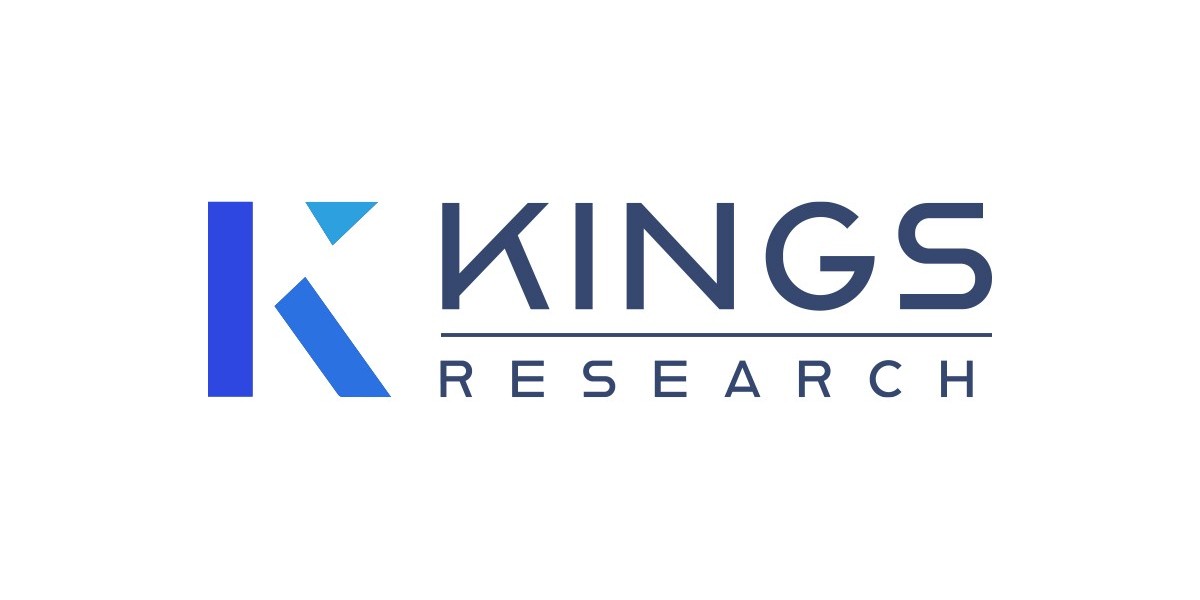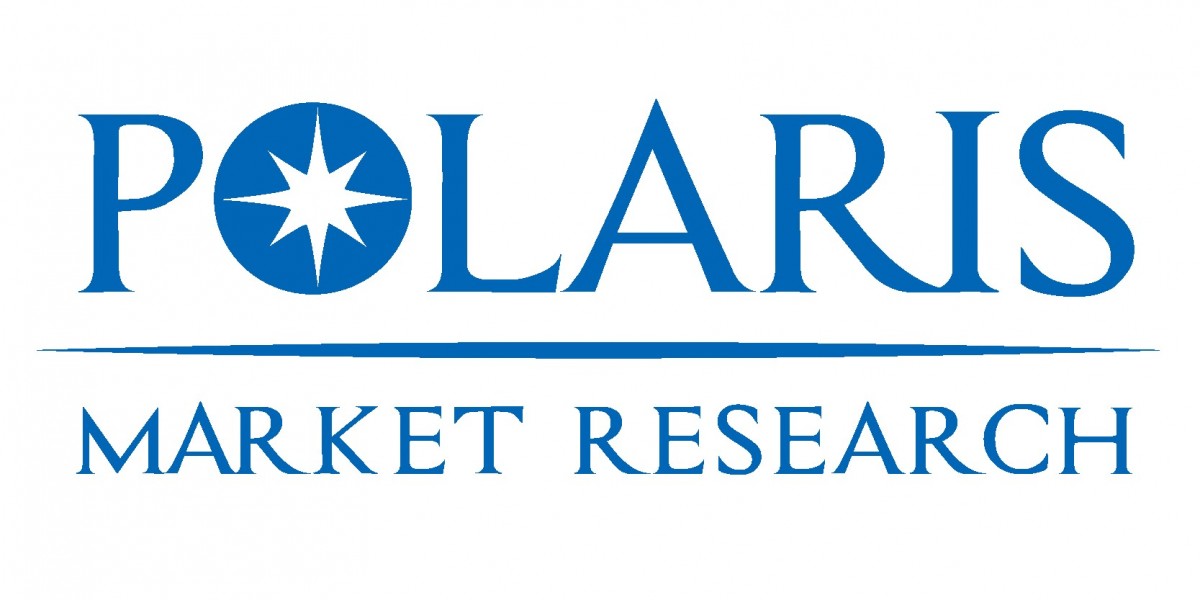The automotive artificial intelligence (AI) market is presently experiencing a dramatic transformation, as vehicle manufacturers, mobility-service providers and technology firms converge to embed advanced intelligence into vehicles. The global automotive artificial intelligence market size was valued at USD 3.66 billion in 2024, and is projected to increase from USD 4.38 billion in 2025 to USD 17.93 billion by 2032, growing at a robust compound annual growth rate (CAGR) of 22.31 % over the forecast period.
Market Overview
Automotive artificial intelligence refers to the integration of AI technologies—including machine learning (ML), deep learning (DL), computer vision, natural language processing (NLP) and allied software/hardware systems—into vehicles, enabling intelligent decision-making, enhanced safety, connectivity, autonomous capabilities and in-vehicle user experiences. These AI-enabled capabilities range from driver assistance systems to predictive maintenance, in-vehicle personalization, autonomous driving and connectivity-driven services.
With rising consumer demand for safer, smarter and more connected vehicles, automotive OEMs and suppliers are increasingly embedding AI platforms, sensors and decision-algorithms into both hardware and software stacks. The movement from conventional vehicles to connected, autonomous, shared and electric (CASE) mobility is heightening the importance of AI across the full vehicle lifecycle—from design and manufacturing to after-sales, service and mobility-as-a-service (MaaS) models.
The market size data indicates a strong growth trajectory: from a baseline of USD 3.66 billion in 2024, accelerating to USD 4.38 billion in 2025, and ultimately reaching USD 17.93 billion by 2032. The implied 22.31 % CAGR over that period underscores the transformation underway across the automotive value chain.
Key Market Drivers & Demand-Dynamics
Several forces are converging to propel the automotive AI market:
Advanced Driver Assistance Systems (ADAS) and Safety Imperatives: The demand for driver-assistance, collision avoidance, lane-keeping, adaptive cruise control and emergency braking systems is pushing automakers to adopt AI-based perception and decision-making modules. AI enables real-time environment sensing, object detection and driver-behaviour analysis, thereby enhancing safety and compliance with increasingly stringent regulations.
Connected & Smart Vehicle Expectations: Modern drivers expect seamless connectivity, personalization, over-the-air (OTA) updates and context-aware services. AI enables vehicles to learn driver preferences, adapt to conditions, and deliver intelligent in-vehicle experiences (voice assistants, content/customization, predictive services).
Autonomous Driving & Shared Mobility: As the industry shifts towards higher levels of vehicle autonomy and shared mobility platforms, AI becomes foundational: for perception, planning, decision-making and fleet management. The integration of AI into vehicle architecture is central to scaling autonomous and mobility-as-a-service offerings.
Vehicle Manufacturing & Maintenance Optimisation: AI is applied in manufacturing (smart factories, robotics, quality inspection), supply-chain optimisation, predictive maintenance and vehicle lifecycle analytics—driving cost-savings, uptime improvements and operational efficiencies.
Sensor & Compute Platform Advances: The increasing availability of advanced sensors (LiDAR, radar, cameras), powerful compute (GPUs, NPUs), edge AI and improved algorithms makes vehicle-based AI more feasible and cost-effective, further accelerating uptake.
These demand-dynamics together create a strong growth environment for automotive AI systems across the ecosystem.
Market Segmentation
The automotive artificial intelligence market can be segmented across several dimensions such as offering, technology, vehicle type, application and region:
By Offering: Hardware (sensors, processors, edge compute modules) and Software (AI algorithms, platform, services). The hardware segment traditionally commands a significant share given the compute and sensor requirement in vehicles.
By Technology: Machine Learning & Deep Learning, Computer Vision, Natural Language Processing, and other AI-technologies. The ML/DL and computer vision segments lead, as perception and decision modules are core in vehicles.
By Vehicle Type: Passenger Vehicles and Commercial Vehicles. Passenger vehicles account for the larger share initially, but commercial vehicles (fleet, logistics, buses, trucks) are rapidly adopting AI for telematics, safety and autonomous driving, representing a fast-growing sub-segment.
By Application: ADAS and autonomous driving, in-vehicle infotainment & personalization, predictive maintenance & uptime optimisation, connectivity & vehicle-to-everything (V2X) communications, and mobility service platforms.
Each of these segments presents distinct opportunities and growth rates, with the software/algorithm stacks gradually increasing their share as vehicles become more software-defined.
Recent Developments & Innovation Trends
The automotive AI market is witnessing significant innovation and strategic activity:
Generative AI and context-aware in-vehicle intelligence are emerging: vehicles are increasingly being designed to understand natural language, driver context and environment, enabling personalized and adaptive in-car experiences.
Major players are forming strategic alliances, acquiring startups, and investing in compute/sensing platforms tailored for automotive. For example, sensor data validation, edge-AI platforms and AI-driven validation services for ADAS are gaining attention.
OTA updates, data-driven vehicle services, and software-defined vehicles are becoming mainstream, driving the need for robust AI-platforms, continuous learning and cybersecurity frameworks in the automotive context.
Commercial vehicles and logistics platforms are beginning to adopt AI for driver monitoring, route optimisation, predictive maintenance, fleet telematics and autonomous logistics applications—opening new vertical expansions beyond passenger vehicles.
The cost and complexity of deploying automotive-grade AI remain high, especially for smaller OEMs and Tier-2/3 suppliers; thus the need for scalable, modular AI solutions and partnerships is rising.
In this environment, the recent focus has been on reducing compute cost, improving algorithm accuracy, ensuring safety/certification compliance, and building scalable data-platforms for continuous learning in vehicles.
Competitive Landscape & Key Players
The automotive artificial intelligence market is highly competitive and comprises both technology providers and vehicle manufacturers, including semiconductor firms, AI-software firms, sensor companies, Tier-1 suppliers and auto-OEMs. Some of the key players include:
Intel Corporation (including Mobileye)
NVIDIA Corporation
Qualcomm Technologies, Inc.
Tesla, Inc.
BMW AG
Google LLC (Waymo)
Robert Bosch GmbH
Aptiv PLC
General Motors Company
Microsoft Corporation
Micron Technology, Inc.
These players are actively investing in hardware platforms (AI chips, sensors), software stacks (perception, planning, HMI), autonomous systems and partnerships with OEMs and technology firms. The competitive dynamics are characterised by mergers/acquisitions, joint ventures (OEM and tech), rapid innovation cycles and the shift to software-defined vehicle platforms.
Regional Analysis
The global automotive artificial intelligence market spans multiple geographies, each with distinctive growth trajectories and regulatory frameworks.
North America: Historically the leading region in adoption, driven by the U.S. and Canada where early investment in autonomous vehicle development, high consumer expectations and strong tech-ecosystem support prevail. With a share of approximately 36.41 % in 2024, the North North American market is well-positioned to maintain dominance.
Asia Pacific: Expected to register the fastest growth, with a projected CAGR of around 23.65 % during the forecast period. Rising vehicle production, adoption of connected/autonomous technologies, expanding mobility infrastructure and government support in China, India, Japan and South Korea underpin the region’s growth.
Europe: A mature region with strong OEM presence, high regulatory standards for safety, emissions and autonomous testing; growth is steady, supported by advancements in ADAS, connected cars and EV integration.
Middle East & Africa: Emerging region for automotive AI adoption, particularly in premium vehicles, mobility services and fleet/logistics applications.
South America: Growing but at a relatively slower pace, with adoption tied to infrastructure development, vehicle replacement cycles, fleet optimisation and regional OEM strategies.
Across these regions, regulatory frameworks, infrastructure readiness (5G/edge compute), consumer acceptance of AI-embedded vehicles and manufacturing ecosystem maturity influence the pace of adoption and investment.
Future Outlook
Looking ahead, the automotive artificial intelligence market is poised for significant expansion and evolution. The projected growth to USD 17.93 billion by 2032 reflects not only the scaling of current ADAS and connected vehicle applications but also the transition toward higher autonomy levels, software-defined vehicles and mobility-as-a-service (MaaS) ecosystems. Key future outlook perspectives include:
Vehicles will increasingly become mobility platforms rather than mere transport machines. AI will drive personalization, context-awareness, interaction (voice, gesture, HMI), predictive services and continuous improvement via software updates.
The shift toward autonomous commercial applications (logistics, last-mile delivery, ride-hailing fleets) will open new AI use-cases and revenue streams. Commercial vehicle adoption of AI for telematics, driver monitoring, route optimisation and autonomous driving will accelerate.
Edge AI and in-vehicle computing will become critical: as vehicles generate vast amounts of data from sensors, cameras and connectivity, vehicle-based compute (NPUs, GPUs) and on-board AI will increase in footprint and performance, enabling real-time intelligence without relying solely on cloud connectivity.
Software-defined vehicles will mainstream: vehicle architectures will shift to domain control units (DCUs), zonal ECUs, AI modules and OTA platforms. AI will underpin vehicle health diagnostics, personalization, ADAS upgrades and vehicle lifecycle management.
Regulatory, safety and ethical frameworks will play a heightened role: as AI functions increasingly handle safety critical tasks (ADAS, autonomous driving), regulatory oversight, safety validation, cybersecurity and data privacy will become major enablers or bottlenecks. AI adoption will depend on certification frameworks, standardisation and liability models.
Ecosystem partnerships and integration will proliferate: the convergence of automotive OEMs, Tier-1 suppliers, semiconductor firms, software/AI companies and cloud providers will accelerate. Business models will shift toward “vehicle-as-software” and subscription-based features enabled by AI.
Emerging markets and new mobility paradigms will gain importance: shared mobility, micromobility, electrification and connected infrastructure (V2X) will expand the addressable application base for automotive AI beyond traditional vehicle sales.
In summary, the outlook is one of strong growth, broadening application landscapes and deeper integration of AI into the mobility ecosystem. Stakeholders who invest in scalable AI-platforms, sensor/compute stacks, data ecosystems and business-model innovation will be well placed to capitalise on the shift.
Concluding Statement
The automotive artificial intelligence market represents a compelling and rapidly evolving opportunity across the mobility ecosystem. With a base valuation of USD 3.66 billion in 2024 and projection to reach USD 17.93 billion by 2032 (CAGR 22.31 %), the momentum is clear. The convergence of connected, autonomous, shared and electric mobility with AI-capabilities is reshaping vehicle design, manufacturing, service and user experience.
For OEMs, Tier 1 suppliers and technology providers, success will hinge on delivering safe, reliable, scalable and personalised AI solutions; forging partnerships across the value chain; navigating regulatory and infrastructure complexities; and leveraging software-defined vehicle architectures. As consumer expectations evolve, vehicles will become intelligent, adaptive and service-centric platforms—and AI will be the engine of that transformation.
Browse To Related Article-
The AI Playbook for Scaling Enterprise Innovation
The AI-Driven Enterprise: Key Predictions for 2026 and Beyond








